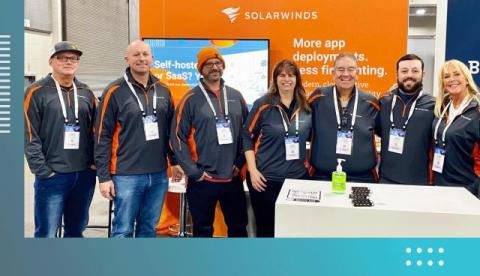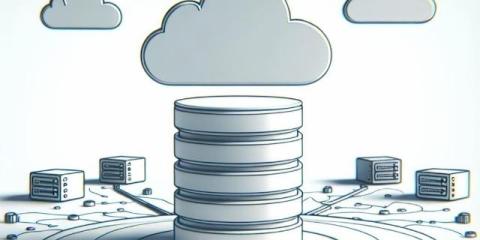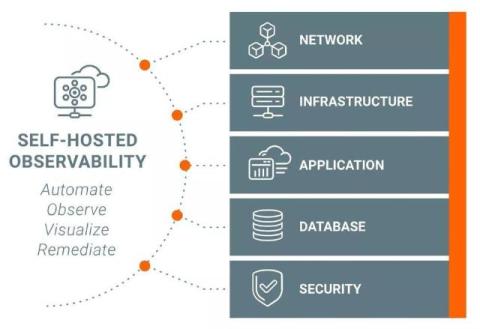Is Your Organization Ready for the New DORA Cybersecurity Framework?
In the age of digital transformation, adhering to aging cybersecurity rules, policies, and standards set a few decades ago is an open invitation for setbacks. This is why the EU is updating and taking significant steps to strengthen existing regulations and bring new ones to unify existing risk management in individual EU member countries. Keeping pace with the modernization of complex technology is challenging, but resilience in times of adversity is the need of the hour.







